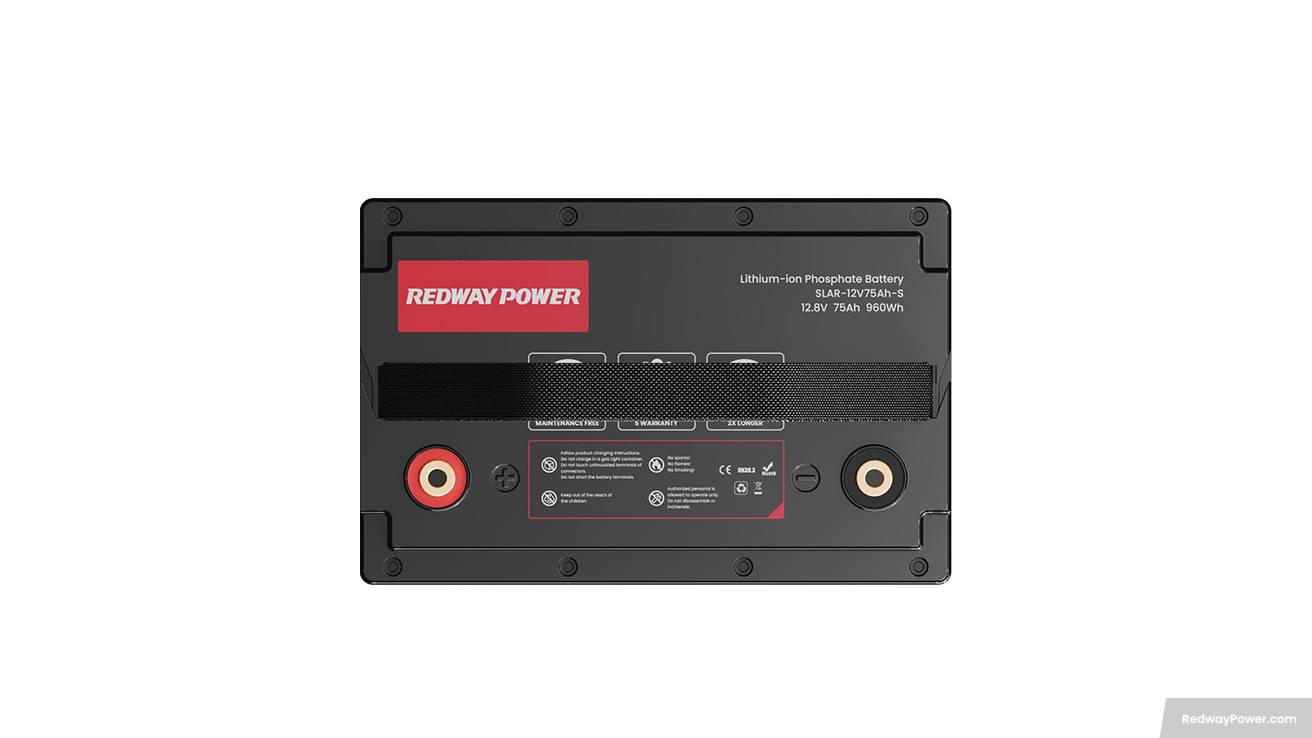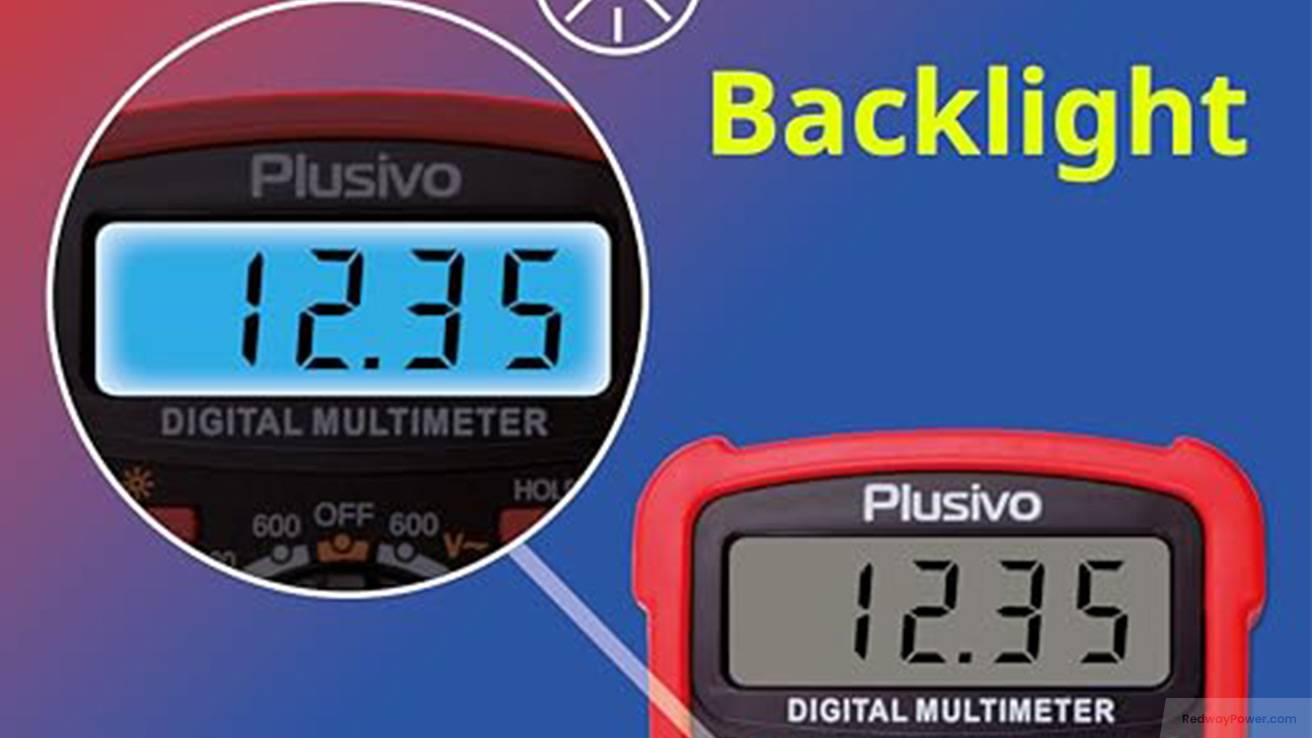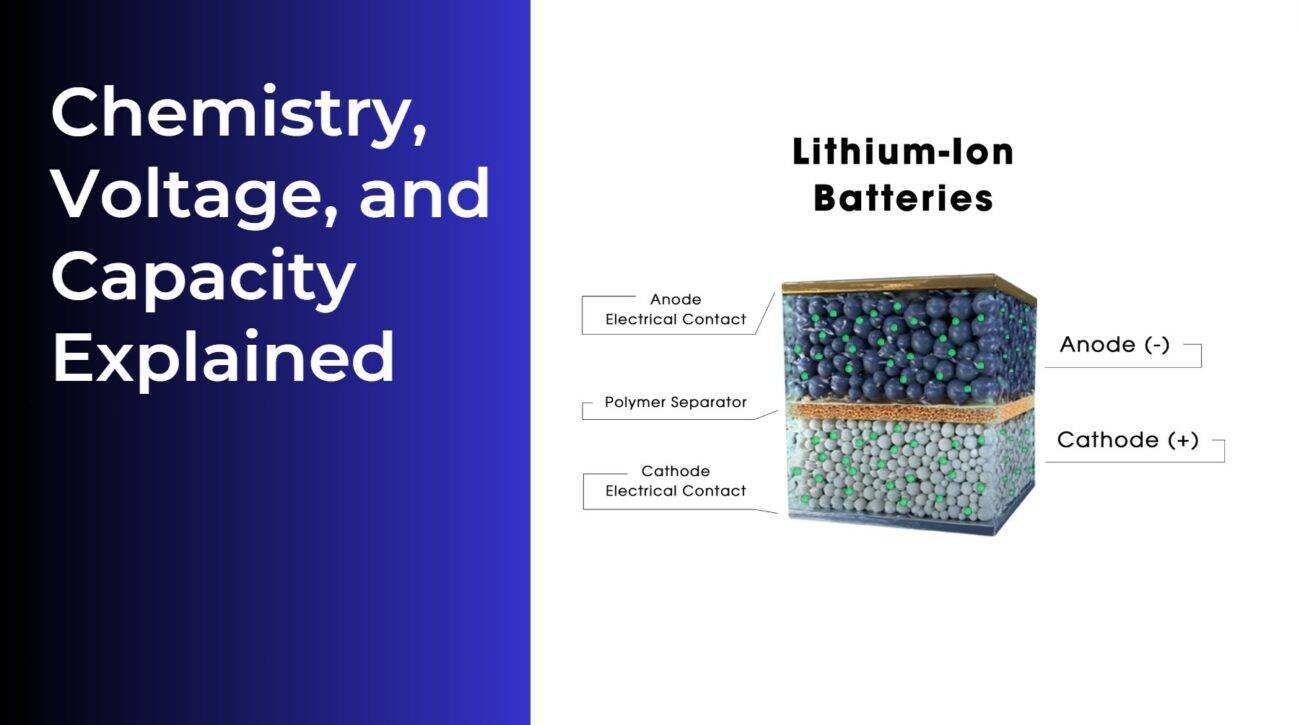Picture this: cruising down the road, wind in your hair, but a warning light flashes – something’s up with your 12V battery, showing 13V. In this post, we’ll explore if this reading is a concern or just a bump in the road. Buckle up for a ride through all things battery-related!
What is a healthy voltage range for a 12V battery?
Maintaining a healthy voltage range is crucial for a 12V battery’s functionality and lifespan. Let’s break it down:
- Healthy Voltage Range:
- Ideally, a fully charged 12V battery reads around 12.6-12.8 volts, signaling good condition.
- Below 11.8 volts indicates nearing depletion, requiring prompt recharging.
- Exceeding 13 volts during charging or normal use suggests overcharging, posing potential issues.
- Issues of Overcharging:
- Overcharging can accelerate electrolyte loss, decrease capacity, and potentially damage internal battery components.
- Regularly monitor voltage and take preventive steps to avoid overcharging.
- Tips for Maintaining Healthy Voltage:
- Use chargers with built-in safety features.
- Avoid prolonged connection to a charger once the battery reaches full charge.
- Regularly inspect and clean battery terminals.
- Track charging cycles and adhere to manufacturer guidelines for maintenance.
Following these tips ensures your 12V battery stays within a healthy voltage range, promoting optimal performance over time.
The effects of overcharging a 12V battery
Overcharging a 12V battery can cause significant harm to its performance and lifespan. Let’s simplify:
- Effects of Overcharging:
- Excess voltage leads to rapid heating of the battery’s electrolyte solution.
- This heat causes water evaporation, reducing electrolyte levels critical for proper battery function.
- Decreased electrolyte levels hinder chemical reactions, resulting in reduced capacity and shorter run times.
- Internal Component Damage:
- Overcharging accelerates internal component deterioration.
- Excessive voltage stresses components, leading to corrosion and potential damage.
- This degradation not only impacts performance but also poses safety risks like leaks or explosions.
- Impact on Other Electrical Systems:
- Overcharging can negatively affect connected electrical systems.
- Increased voltage may overload sensitive electronics or damage charging circuits.
To prevent these issues, monitor charging carefully, use compatible chargers, and perform regular maintenance checks. Taking precautions against overcharging ensures a longer lifespan and optimal performance for your 12V battery.
Common reasons for a 13V reading on a 12V battery

A 13V reading on a 12V battery can indicate various issues. Let’s break it down:
- Overcharging:
- Exceeding the recommended charging voltage range can lead to higher voltage readings.
- Check charging systems and use compatible chargers to avoid overcharging.
- Faulty Regulator or Alternator:
- Malfunctioning regulator or alternator in the vehicle’s charging system can cause elevated voltage.
- Regularly inspect and maintain these components to ensure proper functioning.
- Incorrect Charger Settings:
- Using incorrect charger settings or incompatible chargers may result in improper charge cycles and higher voltages.
- Follow manufacturer guidelines and use the right charger for your battery.
- Temperature Effects:
- Extreme temperatures, whether too cold or too hot, can influence voltage readings.
- Be aware of temperature conditions and their impact on battery performance.
- Battery Age and Deterioration:
- Older batteries may show higher voltages as they lose the ability to hold a charge effectively.
- Consider replacing aging batteries to maintain proper performance.
If a consistently high 13V reading is observed, take prompt corrective measures to address the underlying issues and ensure the battery’s health.
Steps to fix an overcharged battery
Overcharging a 12V battery can cause significant issues, but there are steps you can take to fix it. Let’s simplify:
- Immediate Disconnection:
- Disconnect the charger promptly to halt further charging and prevent additional damage.
- Check and Adjust Electrolyte Levels:
- Examine electrolyte levels using a hydrometer or voltmeter and add distilled water if needed.
- Allow Self-Discharge Time:
- After disconnecting, let the battery self-discharge naturally before any further charging or use.
- Perform Load Testing:
- Test the battery’s capacity and health with a suitable tester or multimeter after it has discharged.
- Retry Charging with Low Voltage:
- If necessary, attempt recharging the 12V battery with a charger set to low voltage.
Following these steps can help rectify an overcharged 12V battery, ensuring its longevity and proper functionality.
Tips for maintaining the proper voltage in your 12V battery

Ensuring the proper voltage in your 12V battery is crucial for its longevity. Here are straightforward tips to maintain optimal voltage:
- Regular Voltage Checks:
- Use a multimeter or voltmeter to routinely check your battery’s voltage. Early identification of issues allows for timely actions.
- Prevent Overcharging:
- Use a charger designed for your battery type and adhere to manufacturer guidelines to avoid overcharging, a key factor in high voltage readings.
- Avoid Full Discharge:
- Recharge your battery when it reaches around 50% capacity to prevent full discharge, extending its overall lifespan.
- Keep Terminals Clean:
- Maintain good electrical conductivity by regularly cleaning battery terminals with baking soda and water or specialized solutions.
- Proper Storage:
- Store spare batteries or vehicles with 12V batteries in cool, dry conditions away from extreme temperatures and direct sunlight when not in use.
- Winter Care:
- Combat the strain of cold weather by using insulated covers for outdoor applications or parking vehicles in garages during winter.
By incorporating these tips into your battery maintenance routine, you can effectively preserve the proper voltage in your 12V battery and enhance its overall performance.
How long should a battery rest before measuring resting voltage?
Before measuring a battery’s resting voltage, it is crucial to allow it time to rest. Ideally, the battery should be at rest for at least 4-6 hours without any charging or discharging activities. This period allows the voltage to stabilize and provide an accurate reading of its true state.
Rushing to measure the voltage immediately after charging or using the battery may result in misleading readings due to surface charge. Allowing sufficient time for the battery to settle ensures that you get a reliable measurement of its actual resting voltage.
Patience is key when it comes to assessing the health of your battery. By giving it ample time to rest undisturbed, you can obtain a clear picture of its condition and make informed decisions regarding maintenance or replacement as needed.
What is the resting voltage of a lead acid battery?
When it comes to lead acid batteries, understanding their resting voltage is crucial.
The resting voltage of a lead-acid battery refers to the measurement taken when the battery has been at rest for some time, with no charging or discharging occurring. This resting period allows the internal chemical reactions within the battery to stabilize.
Typically, a fully charged lead-acid battery will have a resting voltage around 12.6V for a 12V battery and around 6.3V for a 6V battery. This indicates that the battery is holding its charge effectively.
Monitoring the resting voltage of your lead-acid battery can provide valuable insights into its overall health and performance. Any significant deviations from these standard voltages could indicate potential issues with the battery’s capacity or condition.
Therefore, regularly checking and maintaining the resting voltage of your lead acid batteries is essential in ensuring they operate efficiently and reliably over time.
What is the fully charged voltage of a lead acid battery?
The fully charged voltage of a lead acid battery is essential to know for optimal performance. It varies depending on the type and size of the battery. For a 12V lead-acid battery, the ideal fully charged voltage typically ranges from around 12.6V to 12.8V. This level indicates that the battery has reached its maximum capacity and is ready to provide power efficiently.
Keeping your lead acid battery at this fully charged voltage helps extend its lifespan and ensures it functions effectively when needed. Overcharging or undercharging can have detrimental effects on the battery’s performance and longevity, so monitoring the voltage regularly is crucial.
By understanding what constitutes a fully charged state for your specific lead acid battery, you can take proactive steps to maintain it properly and get the most out of its capabilities.
How many cells in a 6V and 12V battery?
Have you ever wondered about the inner workings of batteries? Let’s dive into it. A 6V battery typically consists of three cells, each producing around 2 volts. These cells are connected in series to generate a total output of 6 volts. On the other hand, a 12V battery contains six cells, with each contributing approximately 2 volts as well. By linking these cells together in series, they collectively produce a voltage output of 12 volts.
The design and arrangement of these cells within the battery housing play a crucial role in determining the overall voltage capacity that the battery can deliver. Understanding how these individual units work together to create an efficient power source is fundamental for grasping the functionality and performance capabilities of different types of batteries.
Knowing the number of cells present in both 6V and 12V batteries sheds light on their composition and electrical properties. This insight allows us to appreciate the intricacies involved in harnessing energy from such devices effectively without overlooking essential details that impact their overall functionality.
How are lead acid batteries constructed?
Lead acid batteries are constructed using a combination of lead plates and sulfuric acid. The basic design consists of alternating positive and negative plates immersed in an electrolyte solution. These plates are typically made of lead, while the electrolyte is a mixture of water and sulfuric acid.
The plates are separated by insulating material to prevent short circuits. They are carefully arranged in cells within the battery casing, which is usually made of plastic or hard rubber to contain the components safely. Lead-acid batteries come in various sizes depending on their intended use, from small automotive batteries to larger industrial ones.
The construction process involves precise assembly to ensure proper functioning and longevity. Each cell contributes a certain voltage, with multiple cells connected in series to achieve the desired total voltage output for specific applications. This reliable technology has been used for decades due to its efficiency and cost-effectiveness.
What is the resting voltage of a lead-acid battery?
As we have discussed, the resting voltage of a lead-acid battery is crucial in determining its state of charge. A reading of 13V for a 12V battery may indicate overcharging or other issues that require attention. It’s essential to allow the battery to rest before measuring its voltage accurately. Ensure you understand the fully charged and resting voltages for lead-acid batteries, as well as how they are constructed and the number of cells in different types. By staying informed and proactive about your battery’s health, you can prolong its lifespan and maximize performance. Remember, always prioritize safety when handling batteries, and consult professionals if needed!
FAQs
How do chargers handle deeply discharged batteries?
When a charger handles a deeply discharged battery, it connects the good battery and the deeply discharged battery in parallel, ensuring positive to positive and negative to negative connections. The charger provides a controlled voltage and current to gradually recharge the battery. The charging process may involve breaking down sulphate crystals and monitoring the battery’s condition. Chargers with reconditioning modes can help restore deeply discharged batteries effectively.
How to tell if a car battery is discharged and needs charging?
To determine if a car battery is discharged and needs charging, look out for signs such as a slower engine start, headlights and power working but no start, no radio functionality, swollen battery size, odd smell from the battery, an old battery, check engine light flashes, and the vehicle starting but immediately dying. These signs indicate a dead car battery that requires charging.














